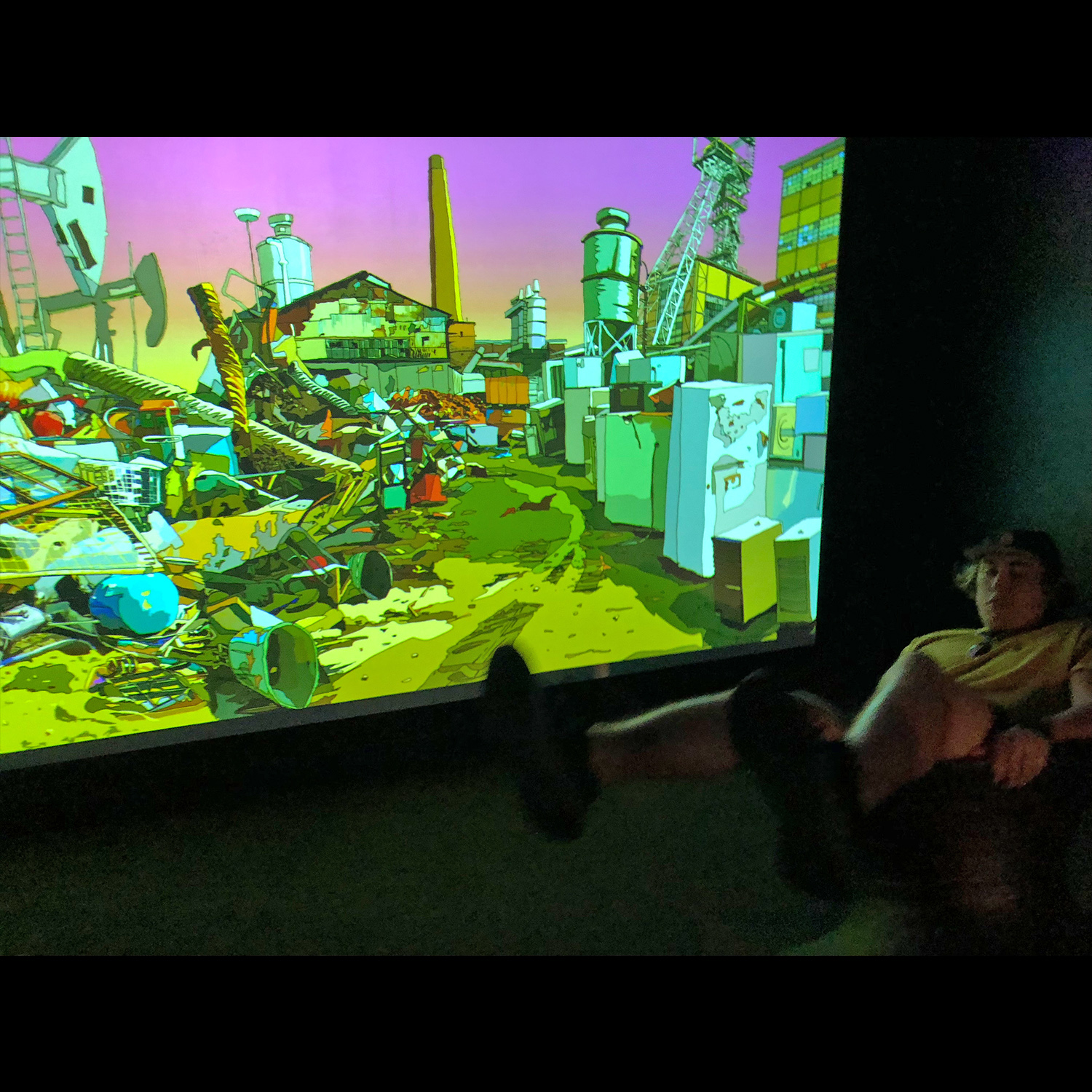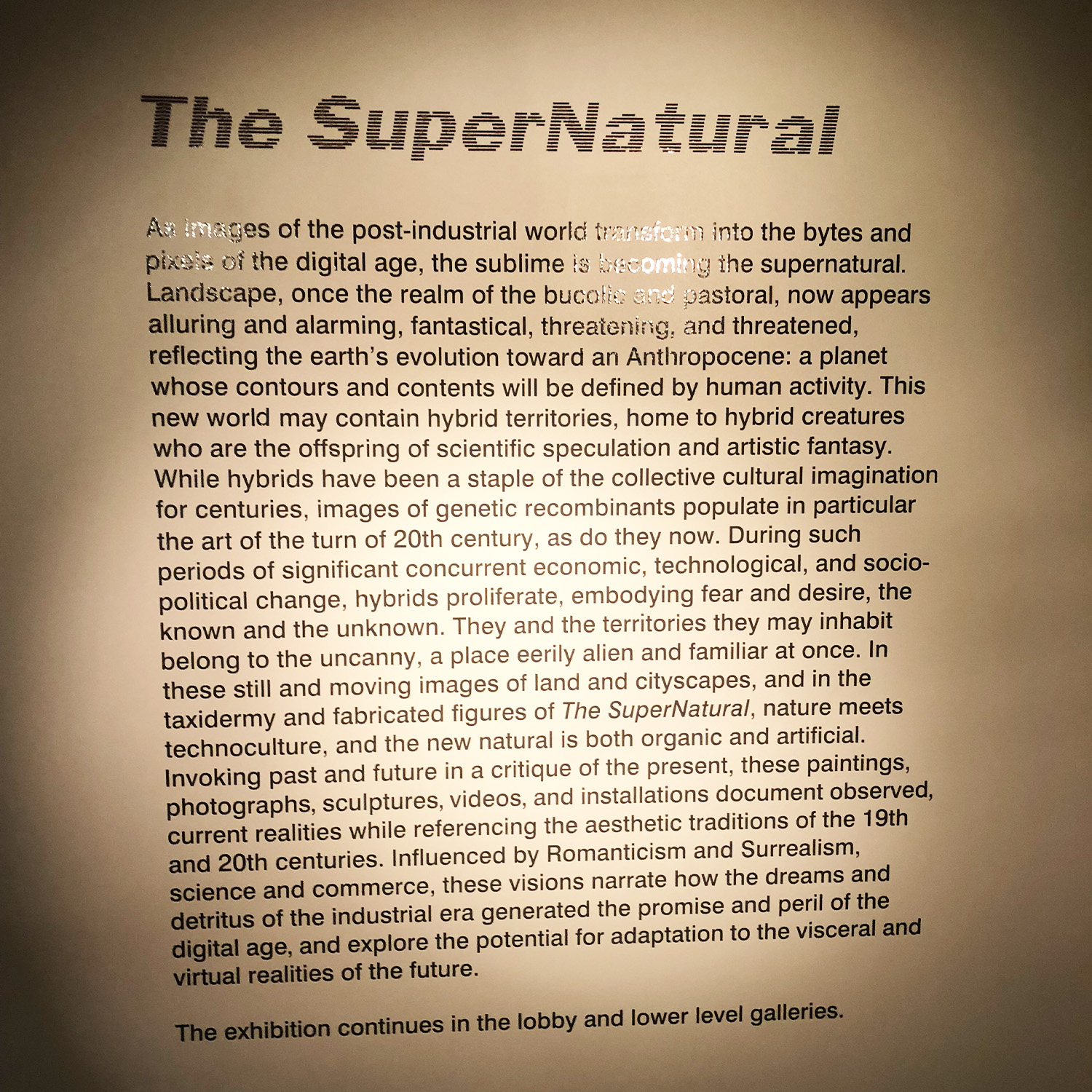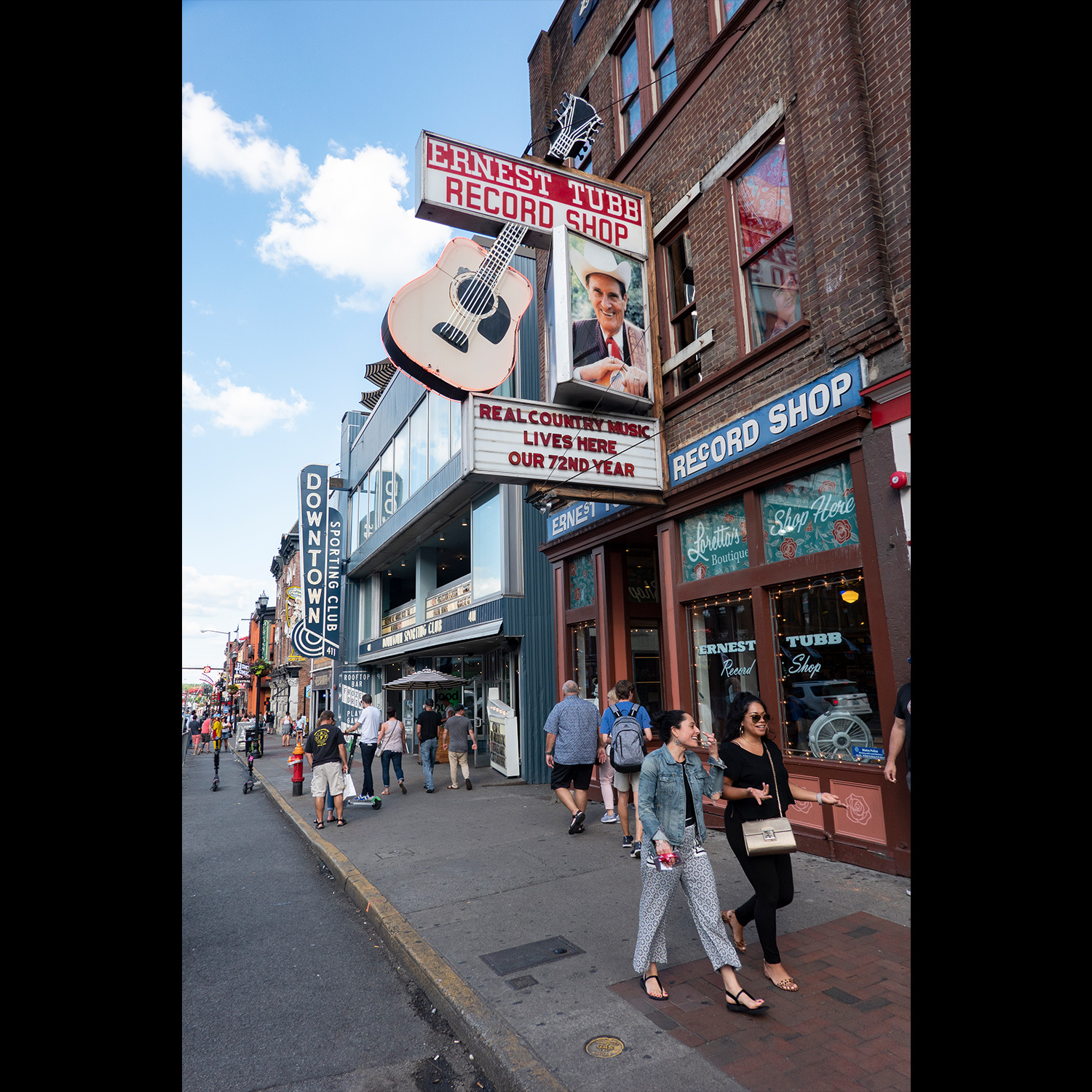On December 13th I drove out to Tucson for the opening of The Qualities of LIGHT Exhibition at the Center for Creative Photography at the University of Arizona.
In my previous blog post I spoke about having a print selected to be included in this exhibition and I wrote about the history of that image. I also spoke about the concept for the exhibition which is to show the importance of The LIGHT Gallery and its impact on the development of Photography as an accepted art form. The CCP exhibition does a fantastic job capturing the spirit of the LIGHT Gallery and documenting LIGHT’s history. One thing LIGHT was famous for was showcasing work from emerging photographers. My print was included in this exhibition as an emerging photographer. My print, along with 120 other prints from other emerging photographers, is on display in one of four large flat files in the middle of the gallery. The concept is that people who view the exhibition can explore the drawers and make their own discoveries. There is also an interactive area where visitors can map their own association with the LIGHT Gallery or others who were influenced by LIGHT. There are also a number of historic artifacts from LIGHT to help recreate the gallery atmosphere.
Below is my print and the accompanying artist statement information. This is a digital print from a negative scan which is archivally mounted.
CCP Director Anne Breckenridge Barrett and CCP Chief Curator Dr. Rebecca Senf speak at the Members opening of the exhibition. I also got meet CCP Curatorial Assistant Adam Monohon and CCP Archivist Emily Una Weirich. Everyone I met was fantastic and I am looking forward seeing them again at this weekend’s sold out LIGHT symposium.
In my previous post I mentioned how this was the first time one of my prints has been in an exhibition with a WInogrand print, and how special that was for me. Below is the Winogrand print, a classic image from Women are Beautiful.
Garry Winogrand print form his Women are Beautiful series - 1968 New York




































































































































































































































